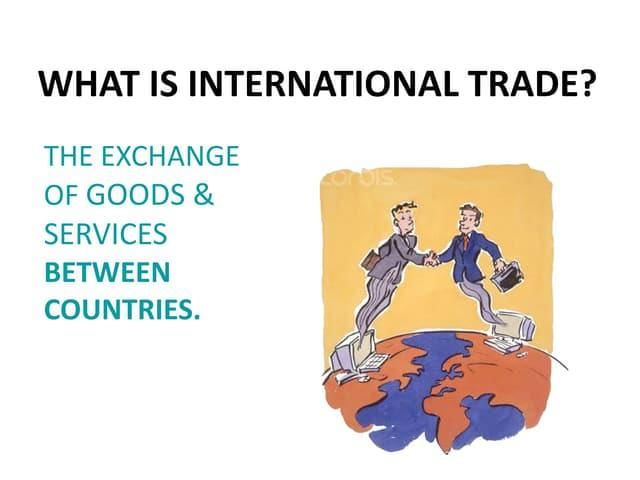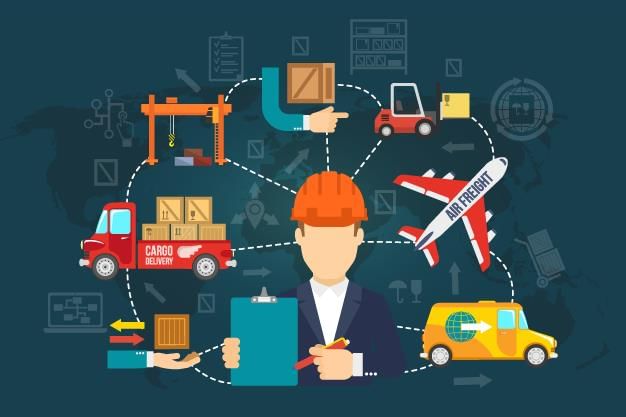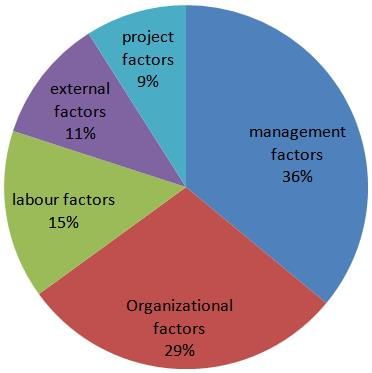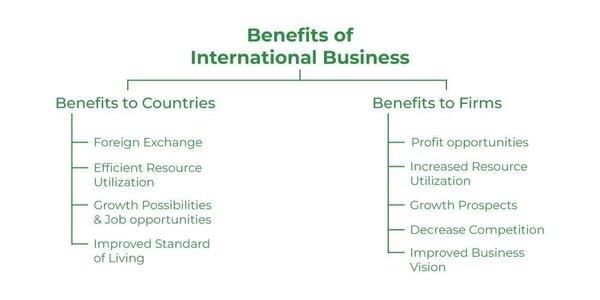|
What are the main factors driving the shift towards global trade and interdependence among nations? |
Card: 1 / 48 |
|
Technological advancements, improved communication, and infrastructure developments are the main factors driving the shift towards global trade and interdependence among nations. |
Card: 2 / 48 |
|
Fill in the blank: Global trade organizations like ___ and ___ have played a significant role in reducing trade barriers. |
Card: 3 / 48 |
|
True or False: The concept of a 'global village' implies that national economies remain isolated from one another. |
Card: 5 / 48 |
|
False. The concept of a 'global village' implies that national economies are merging into a borderless world economy.  |
Card: 6 / 48 |
|
Riddle: I connect distant lands and make trade possible, my advancements span the globe, making collaboration feasible. What am I? |
Card: 7 / 48 |
|
Short Answer: How has the integration into a global village affected businesses? |
Card: 9 / 48 |
|
It has made it easier for businesses to operate internationally, offering them vast opportunities for growth and profit. |
Card: 10 / 48 |
|
Fill in the blank: The reduction of trade barriers promotes ___ among countries. |
Card: 11 / 48 |
|
International business involves activities conducted across national boundaries, while domestic business involves transactions within a country's borders. |
Card: 14 / 48 |
|
International business encompasses trade in goods and services, as well as ___ and ___ activities. |
Card: 15 / 48 |
|
False; international trade also includes services, capital, personnel, technology, and intellectual property.  |
Card: 18 / 48 |
|
Fill in the blanks: Companies invest in foreign markets to produce goods and services ___ to international customers, reducing costs and enhancing ___ . |
Card: 19 / 48 |
|
Riddle: I can be tangible or intangible, crossing borders with ease. I bring nations together through exchange. What am I? |
Card: 21 / 48 |
|
What are some examples of services that are now part of international business? |
Card: 23 / 48 |
 Unlock all Flashcards with EduRev Infinity Plan Starting from @ ₹99 only
|
|
Fill in the blank: The traditional definition of international business primarily focused on ___ and ___ . |
Card: 25 / 48 |
|
Short Answer: What role does international business play in enhancing service to customers? |
Card: 27 / 48 |
|
It allows companies to produce goods and services closer to customers, which reduces costs and improves service delivery. |
Card: 28 / 48 |
|
Countries engage in international business primarily because they cannot produce everything they need ___ and cost-effectively. |
Card: 29 / 48 |
|
The principle that countries specialize in the production of goods they can make most efficiently is called ___ specialization. |
Card: 31 / 48 |
|
True or False: Labor-abundant developing countries typically import garments from developed nations. |
Card: 33 / 48 |
|
Firms participate in international business to buy goods at lower costs abroad and to sell in markets where their products fetch ___ prices. |
Card: 35 / 48 |
|
Riddle: I am the reason why West Bengal grows jute and Maharashtra produces cotton textiles. What am I? |
Card: 37 / 48 |
|
The differences in productivity and production costs among countries are influenced by various ___ factors. |
Card: 39 / 48 |
|
Fill in the blank: Countries trade with one another to obtain goods that they do not produce ___ or efficiently. |
Card: 41 / 48 |
|
What motivates both nations and firms to participate in international business beyond just price advantages? |
Card: 43 / 48 |
|
What are the key challenges faced by international businesses compared to domestic businesses? |
Card: 45 / 48 |
|
International businesses face complexities due to differing political, social, cultural, and economic environments across countries, making it difficult to apply domestic strategies directly. |
Card: 46 / 48 |
|
Fill in the blanks: The nationality of buyers and sellers in international business is ____, while in domestic business it is _____. |
Card: 47 / 48 |





























